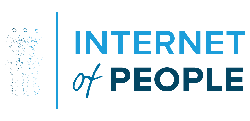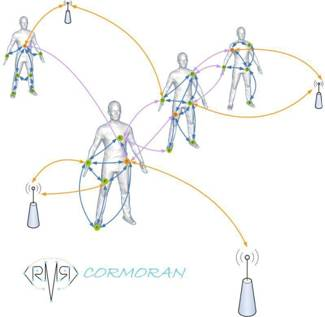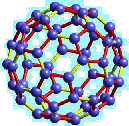I am still euphoric after last night’s IoT Meetup in Providence (such a meeting of the minds!) and it inspired me to write another of my posts about what I see as “Essential Truths” of the IoT!
In fact, I dare say this is the most profound — and perhaps least understood — way in which the IoT will bring about fundamental transformation of our lives.
When we talk about IoT components such as automated Machine-to-Machine (M2M) communication, it tends to obscure the human aspect of the IoT.
I think that’s going to be a HUGE component of the change, and one that we won’t be able to fully appreciate or exploit until the IoT is an omni-present part of our daily lives.
That’s because we have labored under such fundamental restrictions on communicating about data in the past that we can’t really visualize what things will be like when those restrictions are removed and data flows freely.
Here’s where something truly magical comes in!
It is no knock on even the most creative organization or its staff to say that it doesn’t have a strangle-hold on the truth: there’s simply no way that any organization or any individual can think of all the ways that certain data could create value. But when you make that information readily available, someone who has a particular interest (OK, maybe we’re talking about obsession!) or feels particular pain about that thing can come forward with a creative new product or service to capitalize on that information. I can visualize mutually beneficial partnerships that we can’t conceive of today between major corporations and tiny startups (i.e., GE/Quirky/Electric Imp — or perhaps even individuals (that’s the kind of thing that Innocentive has successfully pioneered with its challenges, where many of the profitable solutions have come from rank amateurs who may have no professional credentials but personal zeal and insights).
I realize that senior managers may be uncomfortable talking about the role “magic” can play in development of profitable new goods and services, but I humbly suggest that with the birth of the IoT it’s something they should add to their vocabulary.
What a future!



